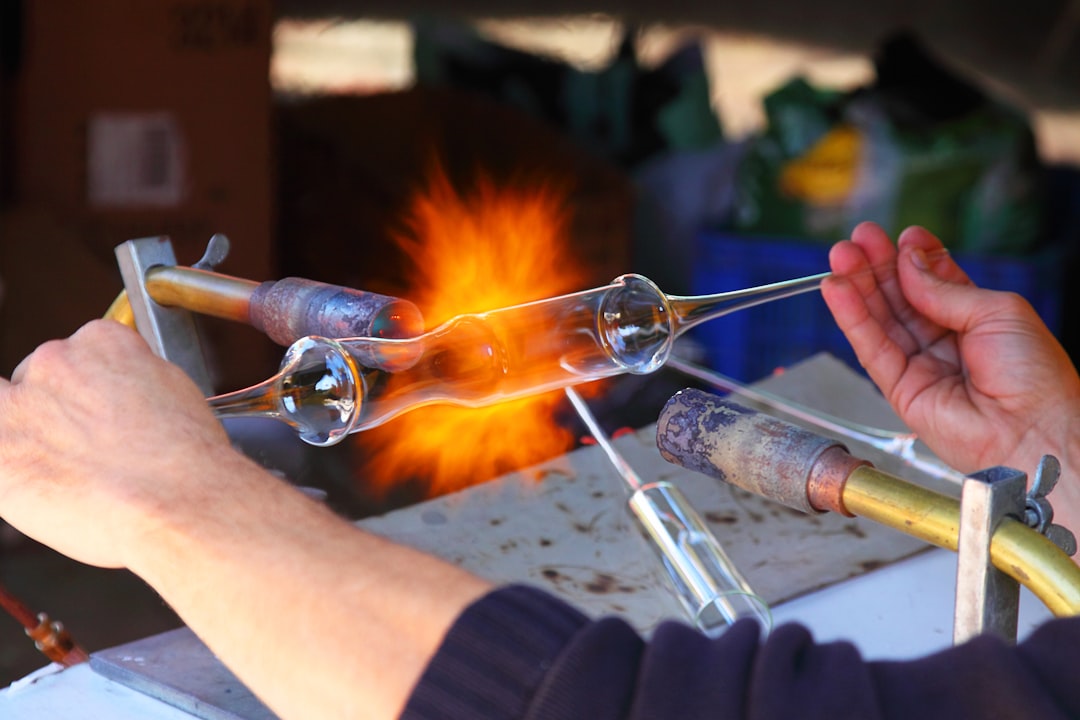What is it about?
A gas-solid scattering model for H2 and N2 gases interacting with Ni surfaces is derived using unsupervised machine learning. The predicted results by the new model are in better agreement with Molecular Dynamics data than the "traditional" CLL approach.
Featured Image

Photo by Shubham Dhage on Unsplash
Why is it important?
Rarefied gas dynamics or the methods of discrete molecular gas dynamics are applied in various cutting-edge technologies, such as aerodynamics of the hypersonic vehicles, semiconductor industry,micro-electro-mechanical systems, and micro/nanoporous media. In the aforementioned applications, usually the mean free path of the gas molecules and the characteristic dimension of the system are in the same order of magnitude. This implies that knowing the details of discrete molecular behavior becomes of crucial importance in understanding flow physics.
Perspectives
The observed high precision of the GM predictions indicates that it can be considered a promising candidate to compute impor- tant discontinuity phenomena such as temperature jump and veloc- ity slip in rarefied gas flow systems. In addition, the accuracy of the GM model results indicates the high potential of this approach to construct a generalized scattering kernel for diatomic gas–solid sur- face interactions.
Arjan Frijns
Technische Universiteit Eindhoven
Read the Original
This page is a summary of: Development of a scattering model for diatomic gas–solid surface interactions by an unsupervised machine learning approach, Physics of Fluids, November 2022, American Institute of Physics,
DOI: 10.1063/5.0110117.
You can read the full text:
Contributors
The following have contributed to this page










